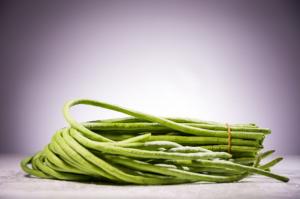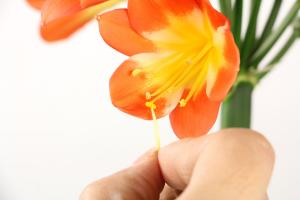How to Water Large Container Indoor Plants
When it comes to taking care of indoor plants, one of the most important tasks is watering them properly. While it may seem like a simple process, there are several factors to consider when it comes to watering large container indoor plants. In this article, we will discuss some tips and tricks to ensure that your plants stay healthy and vibrant all year round.
1. Understand Your Plant's Watering Needs
The first step in watering your large container indoor plants is to understand how much water they actually need. Different plants have different requirements when it comes to watering, so it's important to do your research and find out how much water your specific plant needs. Some plants, such as succulents and cacti, require very little water, while others, like ferns and tropical plants, require more frequent watering.
Additionally, factors such as the size of the container, the type of soil being used, and the humidity level of the room can all impact how much water your plant needs. Take these factors into consideration when determining a watering schedule for your indoor plants.
2. Use the Right Watering Technique
The method you use to water your plants can also impact their health and growth. When watering large container indoor plants, it's important to use a technique that allows the water to soak into the soil deeply. This will encourage the roots to grow deeper and make your plant more resilient to drought.
A good technique for watering large container indoor plants is to use a watering can or hose with a long nozzle. Aim the water towards the base of the plant and slowly soak the soil until you see water starting to come out of the drainage holes. This will ensure that the water reaches the root zone and does not just sit on the surface.
3. Be Consistent
One of the biggest mistakes people make when watering indoor plants is being inconsistent with their schedule. It's important to establish a regular watering routine and stick to it. This will help your plants establish a healthy root system and avoid problems such as root rot or soil compaction.
How often you will need to water your large container indoor plants will depend on factors like the size of the pot, the type of plant, the type of soil used, and the environment in which the plant is located. However, a general rule of thumb is to water your indoor plants about once a week, while keeping an eye on the soil moisture level to ensure that the plant is not being overwatered.
4. Pay Attention to Drainage
Proper drainage is essential for the health of your large container indoor plants. If there is too much water in the pot and no way for it to drain out, it can lead to root rot and other issues. Make sure that your container has ample drainage holes and that excess water can easily flow out.
Additionally, make sure to use a high-quality soil mix that is formulated specifically for indoor plants. These mixes are designed to provide proper drainage and aeration for your plants, which will improve their overall health and growth.
5. Don't Forget About Humidity
Finally, it's important to consider the humidity level of the room where your indoor plants are located. Most indoor plants thrive in environments with high humidity levels, but this can be difficult to achieve in dry indoor spaces.
To increase the humidity around your large container indoor plants, you can place a small humidifier near the plant or use a pebble tray. A pebble tray is simply a tray filled with a layer of pebbles and water. The water will evaporate from the tray and increase the humidity level around your plants.
Conclusion
Watering large container indoor plants may seem like a daunting task, but it's really all about understanding your plant's needs and providing consistent care. By using the right watering technique, being consistent with your schedule, paying attention to drainage, and considering the humidity levels in your space, you can ensure that your indoor plants stay happy and healthy for years to come.

 how many times do yo...
how many times do yo... how many planted tre...
how many planted tre... how many pine trees ...
how many pine trees ... how many pecan trees...
how many pecan trees... how many plants comp...
how many plants comp... how many plants can ...
how many plants can ... how many plants and ...
how many plants and ... how many pepper plan...
how many pepper plan...






























